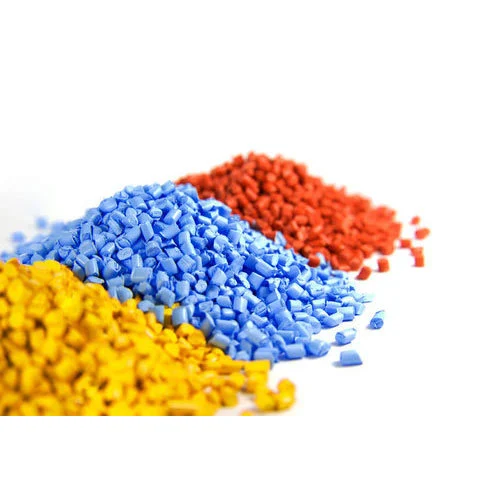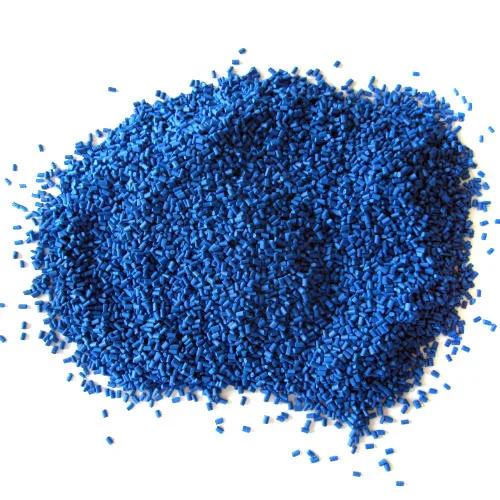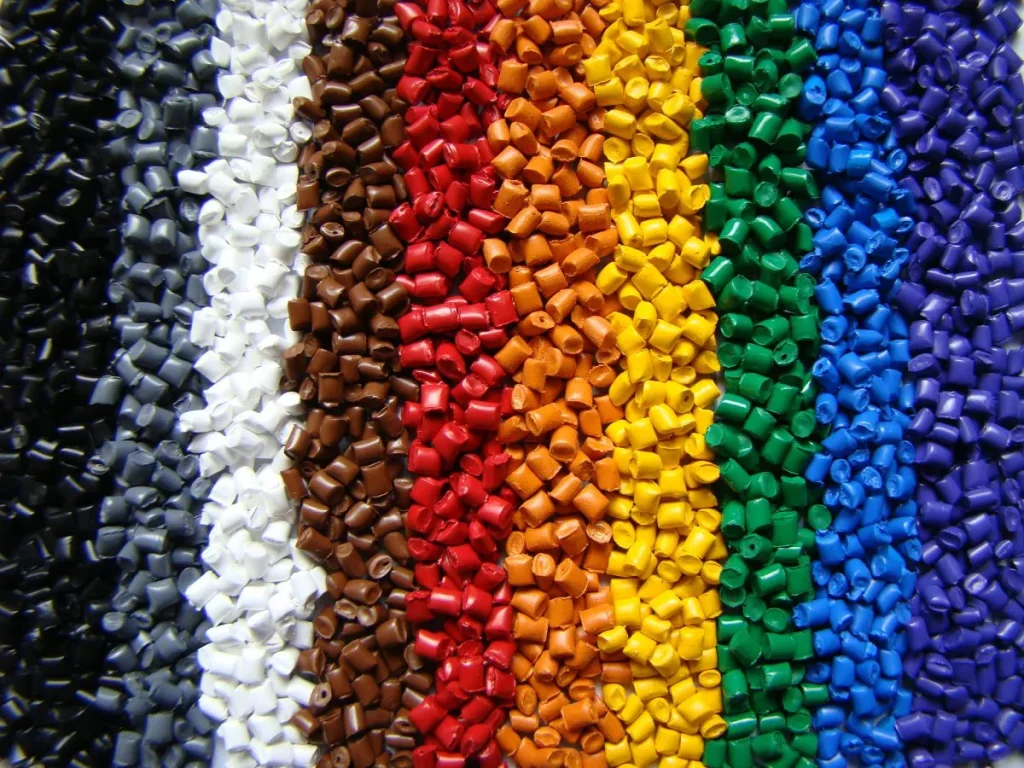Plastic is the most widely used material in modern society and plays an important role in many manufacturing processes. Due to its unique mechanical properties, ABS plastic is currently the material of choice for popular part manufacturing and prototyping.ABS plastic is an opaque thermoplastic, an amorphous polymer composed of three monomers: acrylonitrile, butadiene, and styrene.
When these three monomers are combined, acrylonitrile reacts polarly with the other two components to form a finished material that is highly durable and cost-effective.
With the use of acrylonitrile butadiene styrene (ABS) materials it is also one of the most widely used materials in industrial applications. At this moment, you may be wondering: What is ABS plastic? What are its properties? What are its advantages, and how is it processed? That’s what we’ll be discussing in this article.
Elimold has long been a leading manufacturer of custom metal or plastic parts in China, specializing in processing ABS plastics through various machining processes. These include CNC machining, 3D Printing, and injection molding. You can contact us directly through the contact information below or our website if you have a need. You can also leave your contact information so our team can contact you.

What is ABS material?
The scientific name is Acrylonitrile Butadiene Styrene or Acrylonitrile Butadiene Styrene (ABS), an opaque, thermoplastic amorphous polymer. Thermoplastics are plastics that can react to heat in a variety of ways. Thermoplastics are melted to a liquid at a certain temperature. Although they can be heated to their melting point, they do not degrade significantly when cooled and reheated. This is the main difference between thermoplastics and conventional plastics.
ABS plastic, for example, melts into a liquid when heated to 221 degrees Fahrenheit. When it cools, it returns to a solid state, and reheating ABS plastic does not produce combustion, which is one of its major properties. In contrast, thermoset plastics can only be heated once. The first heating of a thermoset plastic causes the material to solidify and cannot be reversed to a liquid state again. If you heat a thermoset material again, it will burn. This is why thermoplastic polymers like ABS plastic are used in various industries.
How is ABS plastic made?
ABS plastic is manufactured through a proprietary process called continuous ontogenic polymerization. ABS resin is made by a patented process called continuous ontogenetic polymerization, which organically unifies the various properties of PB, PAN, PS, and other polymers and provides excellent mechanical properties in a balance of toughness, rigidity, and stiffness.
1. emulsion polymerization; this is the common process of ABS plastic manufacturing; this method is the polymerization of acrylonitrile and styrene into AS, and then polymerized with butadiene in the emulsion state into ABS; this process more residual additives, and the product color yellow, most of the products sold in the market is the production of this method (LG, Chi-Mei, Jihua, BASF, etc.).
2. Ontology method is to polymerize the three components of ABS at high temperature and pressure, so this process does not produce intermediate products AS and fewer residual additives; the product color is white. The disadvantage of the ontology method is that it is whiter in color but less glossy than the emulsion polymerization method; a wider processing temperature range characterizes.
Properties and Uses of ABS Plastics
The acrylonitrile component of ABS plastics provides chemical and thermal stability, while the butadiene component adds toughness and strength. The styrene component gives the finished polymer a beautiful, glossy surface. Its high tensile strength, physical impact, and chemical resistance properties make it durable. It remains hard and durable even in low-temperature environments. However, products made from ABS materials that are exposed to sunlight for long periods can cause color changes and reduce surface gloss, robustness, impact strength, and modulus of elasticity.
ABS resin materials are translucent or opaque but can be made transparent and colored in any shade. Combining all the properties of ABS materials allows it to be used in various scenarios and industries. Please note that ABS is not used for all applications. ABS itself is not a UV-stabilized material if used in outdoor applications. ABS materials used in outdoor products without added stabilizers will be subject to accelerated aging by UV light. Therefore it is not a good choice for outdoor products. Usually, ABS will be widely used in the following industries and products.
1、Home appliances parts
(1) Household appliances are the largest and most promising application area for ABS materials, including the shells and interior parts of televisions, recorders, washing machines, refrigerators, humidifiers, telephones, vacuum cleaners, air conditioners, lamps, fans, etc.
(2) In electronic appliances, ABS can manufacture parts such as antenna sockets, coil bobbins, terminal blocks, converters, speakers, and connectors.
2、Automotive industry
(1) ABS is used for interior parts such as instrument panels, instrument covers, front columns, air exhaust ports, controller boxes, door liners, toolboxes, regulator handles, switches, knobs, steering column covers, steering wheels, horn covers, and conduits.
(2) Exterior parts of ABS include fenders, armrests, grilles, lamp covers, upper ventilation covers, wheel covers, brackets, louvers, signs, rear flow stoppers, buffer guards, mirror frames, etc.
3. Machinery parts industry
ABS can manufacture the shell of model equipment and general model parts, such as motor shell, instrument box, water tank shell, battery tank, gear, bearing, pump impeller, handle, bolt, cover, bushing, fastener, etc.
4. Shell material
Widely used in manufacturing telephone sets, cell phones, televisions, washing machines, radios, tape recorders, copiers, fax machines, toys, kitchen appliances, and other shell products.
5. Military and national defense
It also has important use in the military industry and national defense facilities.
6. Light industry, textile, and furniture
In the light industry, textile, and furniture industry, ABS is used in the manufacture of sewing machines, bicycles, motorcycles, looms, spinning machines, yarn spindles, clocks, musical instruments, and other parts, and various furniture;
7. Construction industry
In the construction industry, ABS is used in the manufacture of panels, pipes, etc.;
8. Aviation industry
In the aviation process, ABS is used to manufacture aircraft instrument panels and passenger aircraft window frames, etc.;
9. Agriculture
In agriculture, ABS is used to manufacture agricultural tools and sprinkler equipment.
10. Others
ABS also manufactures containers, shipping boxes for vehicle loading, packaging containers, suitcases, yachts, sports equipment, and recreational facilities.

Is ABS toxic?
Generally speaking, ABS material is not toxic; it is a synthetic resin material. The material itself is stable and does not react as well as other substances at room temperature, and it does not release harmful substances, so it has no direct toxic effects on living things. However, if ABS plastic is heated to high temperatures or exposed to chemicals, it may release harmful gases, such as benzene, ethylbenzene, and toluene. These released harmful gases can be very damaging to humans.
In addition, ABS plastics are produced with various additives, including inorganic fillers, glass fibers, pigments, antioxidants, anti-UV agents, plasticizers, etc. This causes the final production of plastic properties to be very different, and it is difficult to ensure that ABS plastic pellets are not harmful to humans after the additives are added.
ABS is relatively harmless because it has no known carcinogens or known adverse health effects associated with exposure to ABS. That said, ABS is not typically used for medical implants.
Processes that can process ABS plastics
Injection Molding
The basic process of injection molding of ABS engineering plastics is as follows: ABS engineering plastics are extruded and heated by the injection molding machine screw to become a molten, flowable melt. Under the impetus of the screw, the molten ABS engineering plastic passes through the nozzle of the injection molding machine, the main flow channel of the mold, the diversion channel, and the gate into the mold cavity, forming a product with a certain shape and size. The final result of injection molding is producing plastic products that meet the user’s requirements.
3D Printing
ABS plastic is one of the main application materials for 3D Printing. It can be a consumable material for 3D Printing because of its characteristics, such as heat resistance, impact resistance, low-temperature resistance, chemical resistance and excellent electrical properties, and the dimensional stability of products. Currently, ABS plastic is the most stable material among 3D printing materials.
ABS material has good hot melt and impact strength and is the engineering plastic of choice for the fused deposition molding 3D printing process. ABS is mainly used after performing filaments and powdering, and its application covers almost all daily necessities, engineering supplies, and some mechanical supplies; it has wide applications in automobiles, home appliances, and consumer electronics.
CNC Machining
CNC has high precision and fast processing speed and has become a common method. ABS resin is one of the five synthetic resins. Its impact resistance, heat resistance, low-temperature resistance, chemical resistance, and excellent electrical properties also have the advantages of easy processing and good dimensional stability of parts, surface gloss, easy paint, coloring, etc. In addition, it also can undertake secondary processing such as surface spraying, electroplating, metal welding, hot pressing, and bonding.
However, plastic heat resistance than metal is poor, CNC cutting temperature is high, the workpiece material and chips easy to become soft, easy to produce sticky chip tools or chip blockage; therefore, the need to use a lower cutting speed and because the plastic strength than the metal is low so that you can use a larger feed and a larger amount of tool eating.
Summary
You may not be familiar with it, but ABS plastic is used in many everyday items, such as computer and car parts, Legos, helmets, airplanes, tables, chairs, and more. ABS plastic is sought after by many companies because of its strong, tough properties, recyclability, and low price. People have been impressed with thermoplastics for years, and ABS plastic is just one of the most impressive. The next time you want to use a plastic that is kinder to the planet and kinder to your wallet, you should invest in ABS.
The FDA has authorized some grades of acetal for use in the food industry. Therefore, it is always safe for most uses in the food and service industries.
ABS plastic may not be familiar to you, but we have contact with it occasionally. Examples include computer and car parts, Lego blocks, helmets, airplanes, tables, chairs, etc. It has been widely referenced for many years because of its strong, tough properties, recyclability, and low price.
After reading this article, if you need to use ABS material to manufacture products through injection molding, CNC machining, 3D Printing, or other processes, you can fill out the form below, and our team will contact you immediately, or you can send a file directly to [email protected].

